🧺 Why You Don’t Need to Refrigerate Everything
While it’s true that many meat and dairy items need to be kept cold to avoid spoilage, there are plenty of foods that do better when stored outside the fridge. In fact, refrigerating the wrong ingredients can dry them out, alter their taste, or even shorten their shelf life.
Understanding which foods thrive at room temperature can free up precious fridge space — and make your ingredients work harder for you.
Here are 10 common foods that don’t belong in your refrigerator — and where they should go instead.
🥑 1. Avocados: Let Them Ripen Naturally
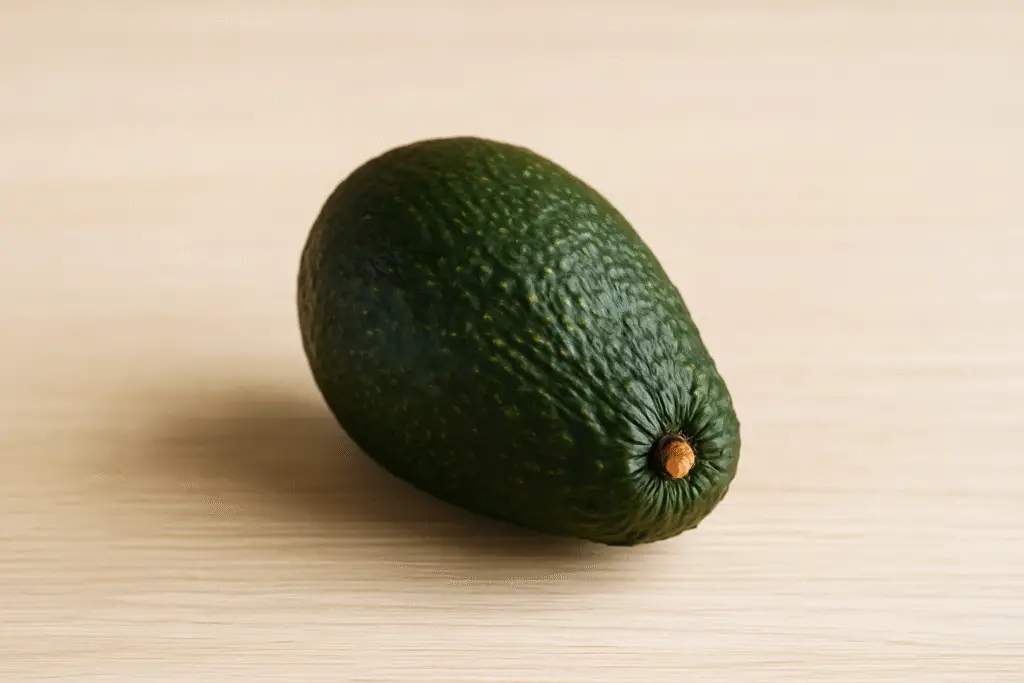
Unripe avocados should be left on the counter in a dry, shaded area. Refrigeration slows down the ripening process and can result in uneven texture.
👉 Pro Tip: Once your avocado is ripe, then you can refrigerate it to slow further ripening and avoid spoilage.
🌶️ 2. Hot Sauce: Pantry-Perfect
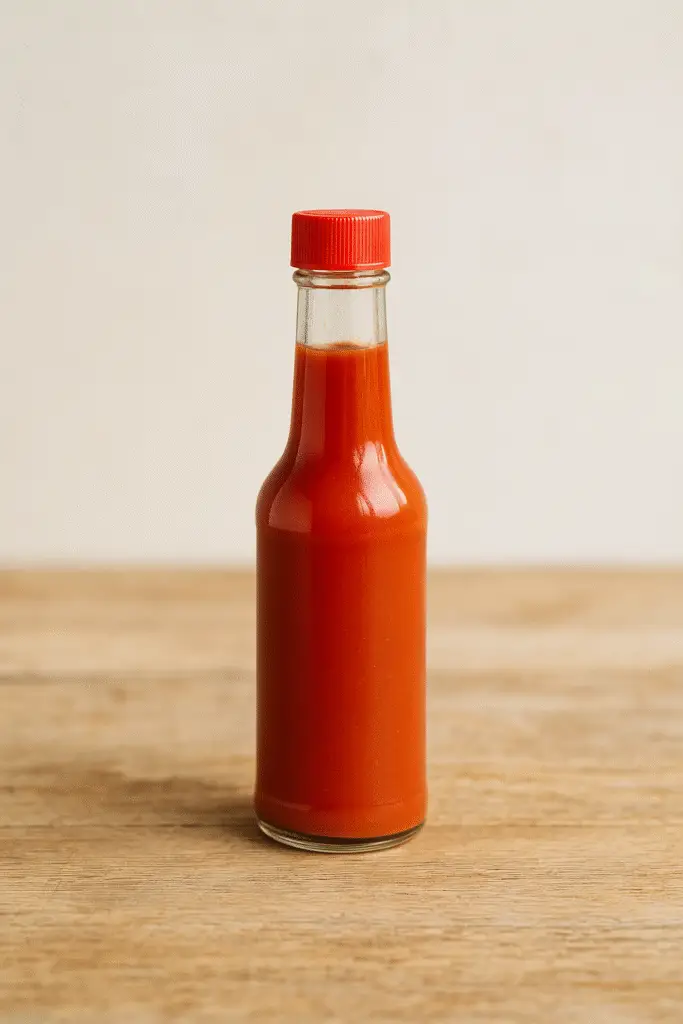
Thanks to natural preservatives like vinegar, most hot sauces are shelf-stable. They’re made to last and don’t require refrigeration — even after opening.
📍 Store it: In your pantry or cupboard, away from direct sunlight.
🌾 3. Flour: Keep It Dry, Not Cold
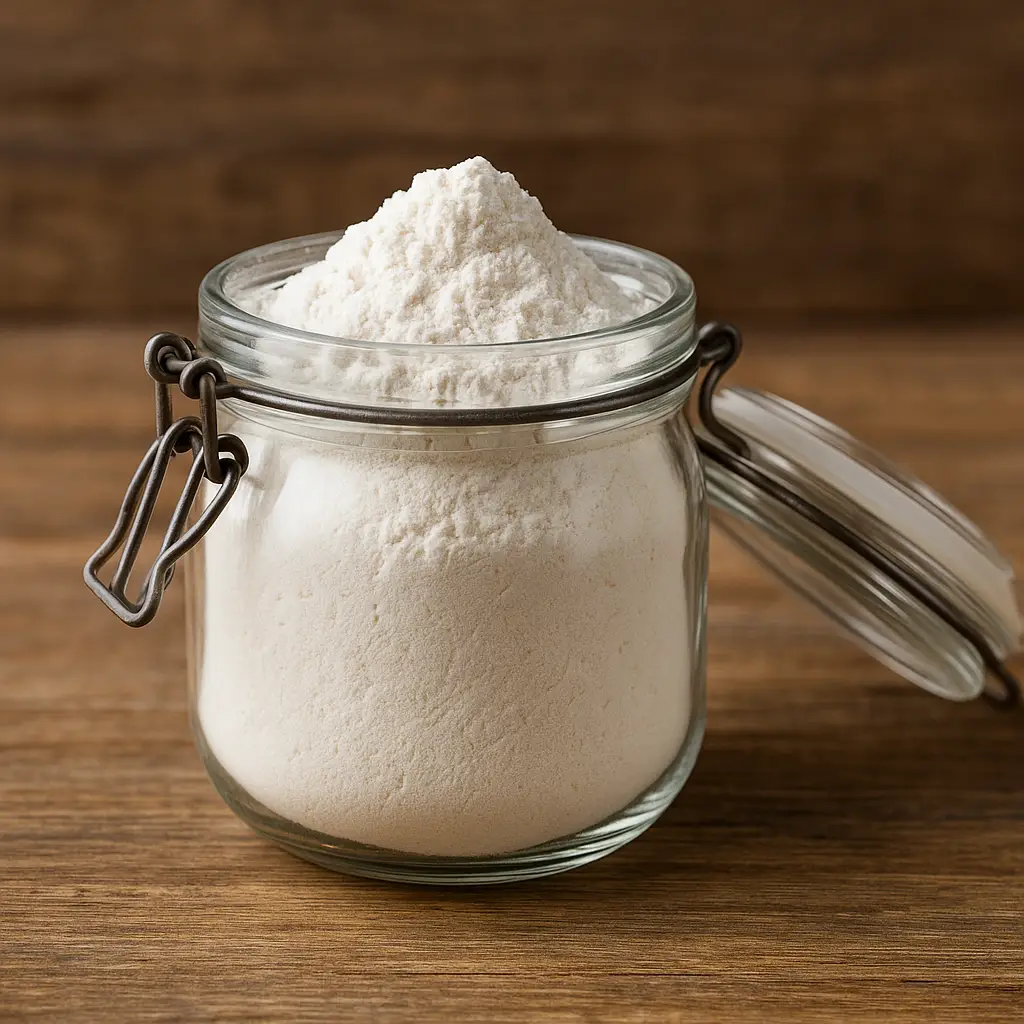
There’s no reason to store flour in the refrigerator. The cold won’t preserve it better, but it will take up space and expose it to excess moisture.
✅ Best practice: Store flour in an airtight container in a cool, dry cabinet.
🍌 4. Bananas: Let Them Breathe
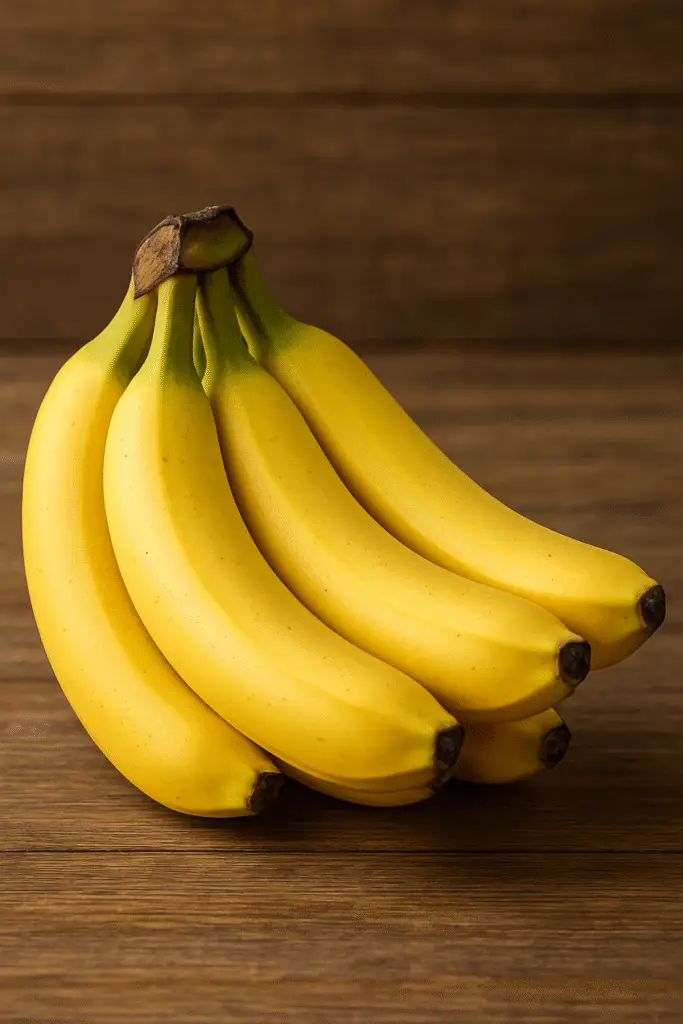
Refrigerating bananas causes their peels to darken and slows ripening, which can impact flavor and texture. Moisture in the fridge can also cause premature browning.
💡 Need long-term storage? Peel and freeze banana slices for smoothies or baking.
🍞 5. Bread: Fridge = Dry & Stale
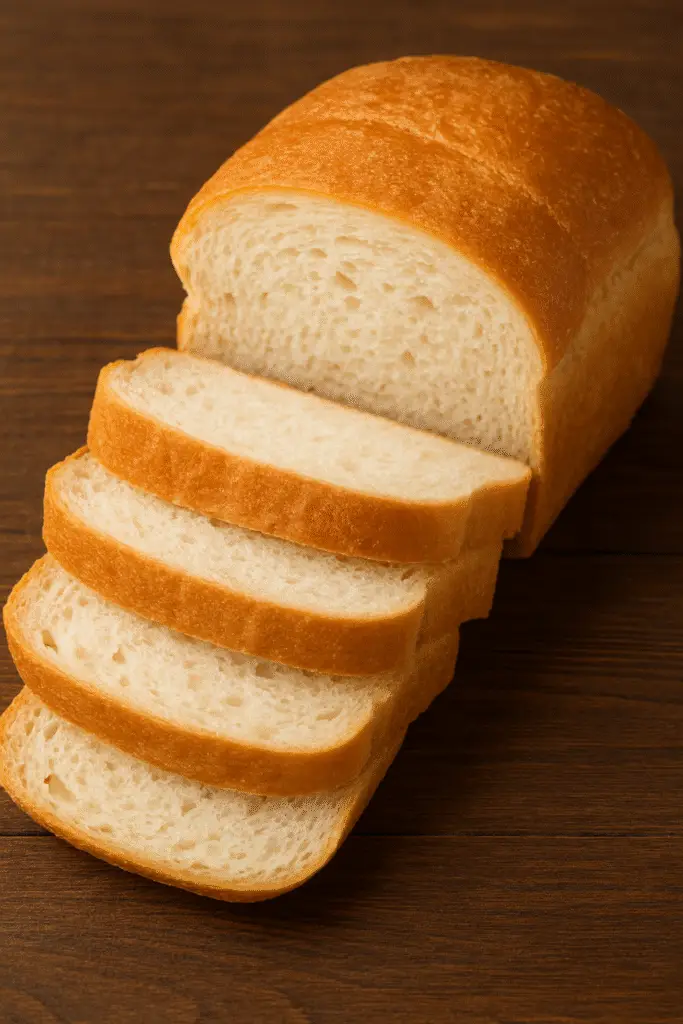
Storing bread in the fridge makes it go stale faster. The cold dries it out and can cause it to absorb other food odors.
🧺 Store bread: In a breadbox or a microwave (just don’t accidentally turn it on!).
🥒 6. Cucumbers: They Hate the Cold

Cucumbers can become mushy and flavorless when refrigerated. The moisture and cold environment break down their natural texture.
🏠 Ideal storage: On your kitchen counter — just don’t forget about them!
🍍 7. Pineapple: Whole vs. Cut
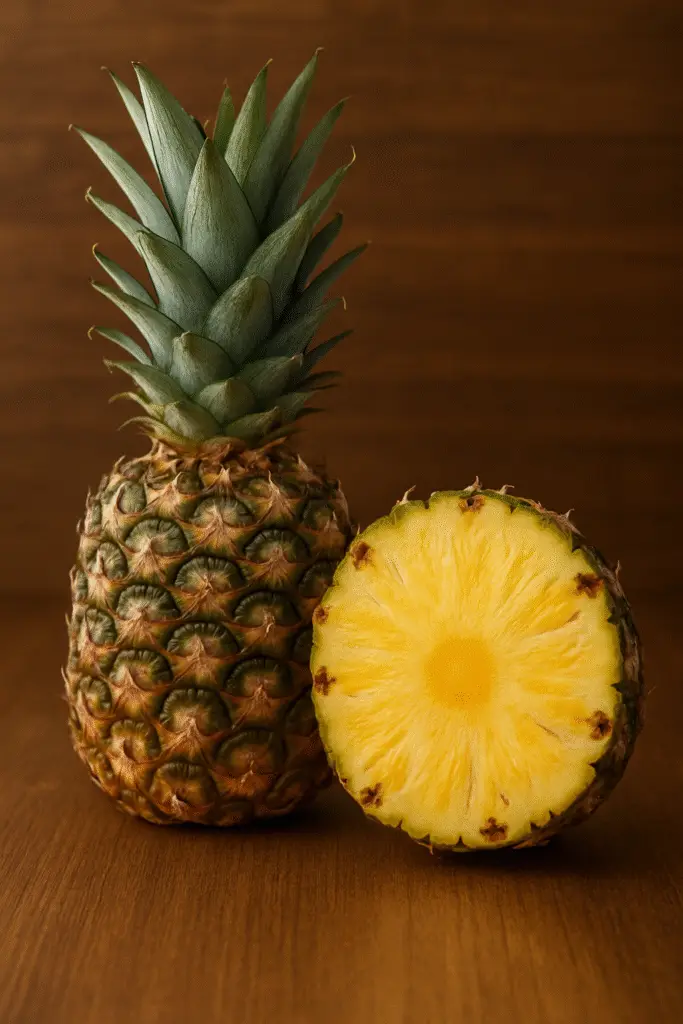
Whole pineapples should be kept at room temperature. Only refrigerate them after you’ve cut them into slices.
🍍 Storage rule: Whole = counter, Cut = fridge.
🥕 8. Carrots: Check Before You Chill

If your carrots are unwashed and unpeeled, they’re often better in a cool, dark cabinet — especially if they came from a farm or garden. Washed baby carrots, however, do best in the fridge.
🛑 Don’t refrigerate dirty carrots — just brush off the dirt and keep them dry.
🍫 9. Dark Chocolate: Pantry = Peak Flavor
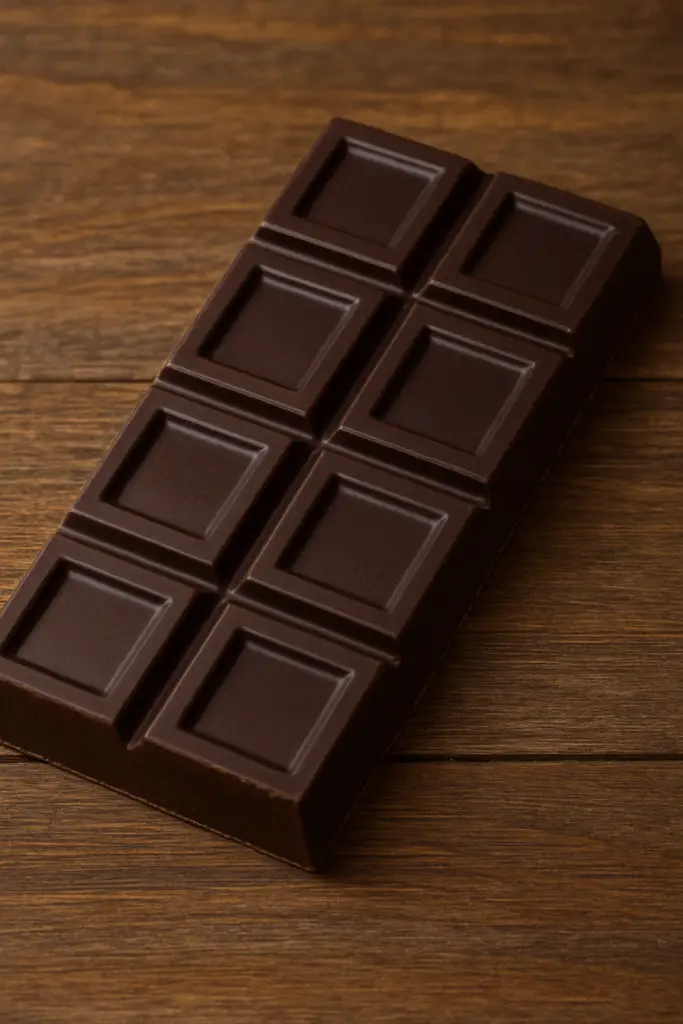
Refrigerating chocolate can cause “sugar bloom,” where white spots form due to moisture changes. It also dulls the flavor.
🍫 Store dark chocolate: In a cool, dry place — ideally between 60-70°F (15-21°C).
🧅 10. Onions & Garlic: Airflow is Key
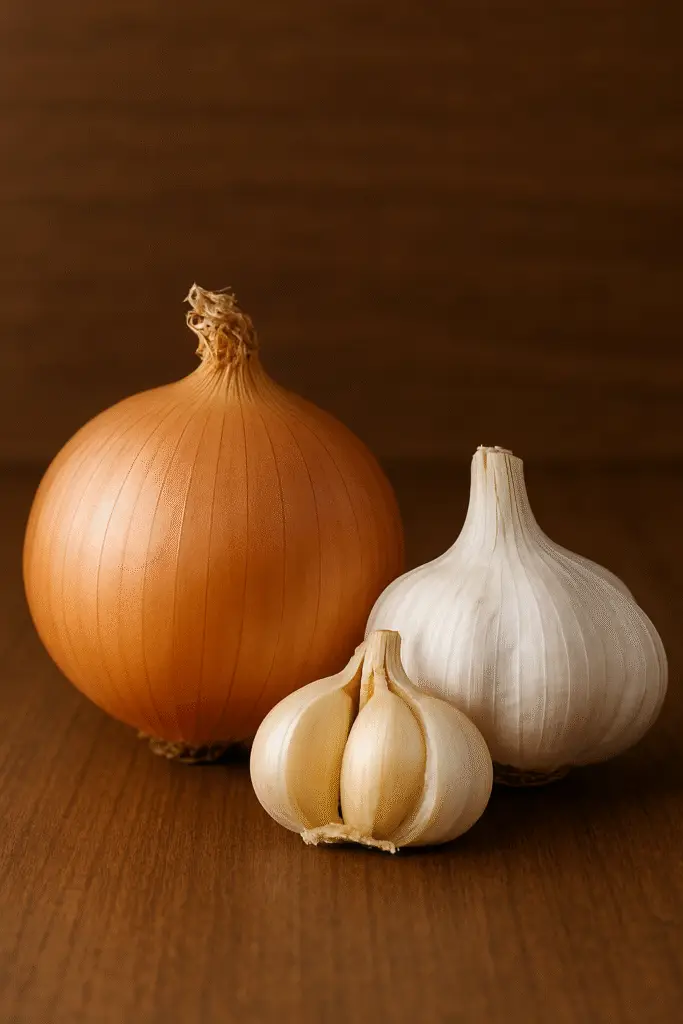
Cold, humid environments cause onions and garlic to soften, mold, or sprout. Refrigeration also kills their flavor.
🌬️ Best storage: In a mesh bag or basket in a well-ventilated pantry.
Rethink Your Fridge Routine
Not everything belongs in the fridge. By storing these foods in their ideal environments, you’ll improve taste, extend shelf life, and gain more room for items that do need refrigeration.
🔗 Want more global kitchen tips? Check out our latest blog posts or follow us on Pinterest for storage hacks & cooking inspiration!